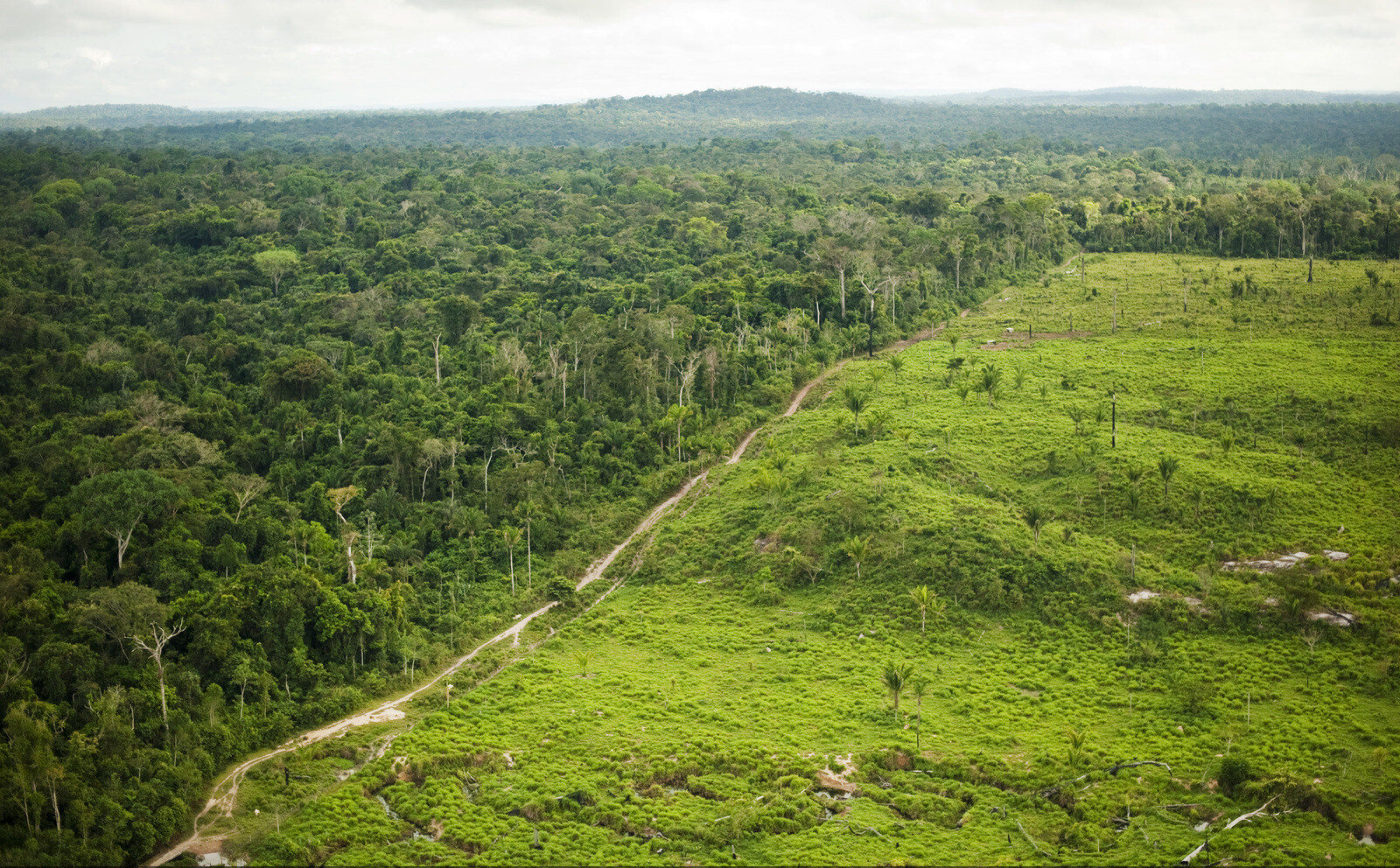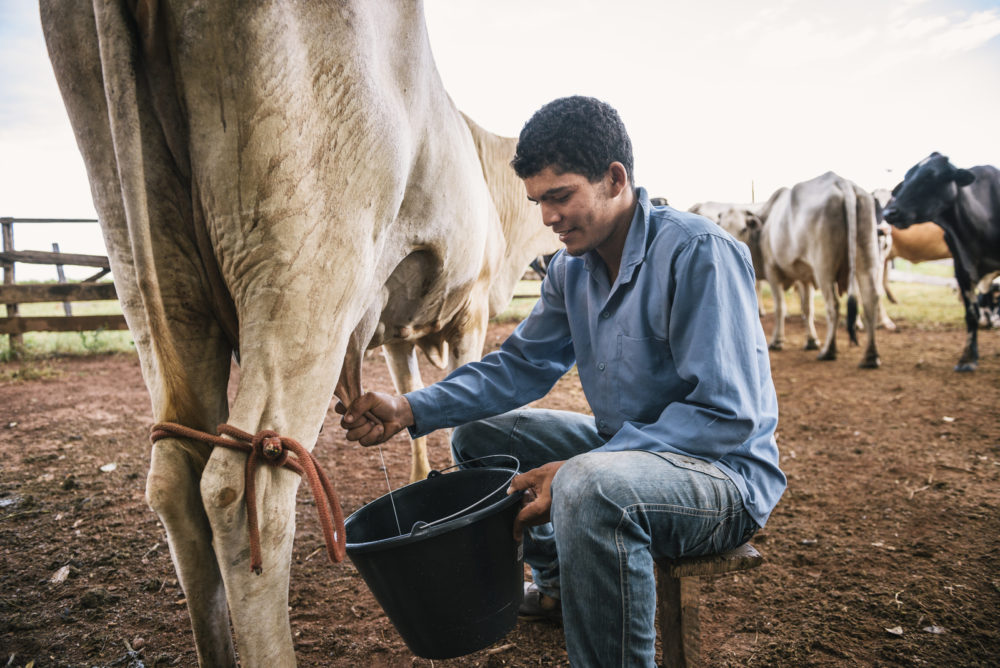
Forests cover approximately one-quarter of the world’s land mass & play a key role in slowing the rise of atmospheric CO2.
Deforestation and forest degradation is the single largest component of emissions from land-use change; and avoiding deforestation, reforestation and forest management hold the bulk of global mitigation potential. Furthermore, intact ecosystems, in particular, intact forests, actively remove around a quarter of global emissions each year, and it is essential that we ensure this service continues.
Every year, millions of hectares of native forests are cleared for other land uses, including croplands, grazing lands and tree plantations. In the process, most of the organic carbon stored in the trees is lost to the atmosphere. Even when forests are not cleared, serious degradation of carbon stocks, sink functions and resilience can be caused by factors such as the expansion of logging into primary forests, fire, the creation of new forest edges by fragmentation and road building, and the knock-on effects of over-hunting key wildlife species.
Most, but not all deforestation should be halted. For example, in some tropical countries rural farmers still practice ancient and sustainable crop-rotation practices that involve clearing forests at the same rate that they are allowed to regenerate.
Most deforestation is not sustainable, and is driven by commercial agriculture. There are lots of opportunities to improve production on existing agricultural lands, so that we can avoid unsustainable forest conversion. Avoided forest conversion will be particularly important in the tropics, which have the highest rates of forest loss. Forest degradation occurs in all forest types, with different drivers in different parts of the world. Again, many of them can be reduced with careful planning and better promotion of alternatives.
The major challenges to preventing deforestation and forest degradation are political and economic. Avoiding deforestation and degradation will require establishing large-scale incentives and regulatory mechanisms to address the major sources of these pressures, such as cattle ranching in the Amazon or palm oil production in Indonesia, and expanding logging frontiers in many regions.

Also, rural communities that depend on unsustainable forest clearing or use will need help developing alternative livelihoods, preferably as part of the new restoration economy. Focusing on single regions will not be enough, however. When forest loss is averted in one region, it is often ‘transplanted’ to another part of the world. To prevent deforestation and degradation, we must take an integrated, global approach.
Avoiding forest conversion and degradation is ready to put into practice immediately. In the past, critics have argued it was premature to take action given the limitations of measuring and monitoring the world’s forests. As measurement and monitoring techniques have improved, this argument is no longer a significant barrier to action. Despite some political and economic hurdles, we have the tools we need to stop deforestation and forest degradation now.